In today’s world, which is driven by technology, it is important to know about electrical systems for safety and efficiency. A 10a 125v power cord is a commonly used component in residential and commercial electric installations. The main goal of this paper is to give an overview of a 10a 125v power cord, which includes its features, uses, and safety precautions. By the end of this article, people will have understood more about how these cords work, their significance in modern gadgets, and some do’s and don’ts while handling them, thus maintaining or even increasing their lifespan. This manual can be followed by anyone with an interest in electric matters or even professionals within this field; it equips individuals with the necessary skills required when dealing with power cables, considering different situations that may arise during such encounters.
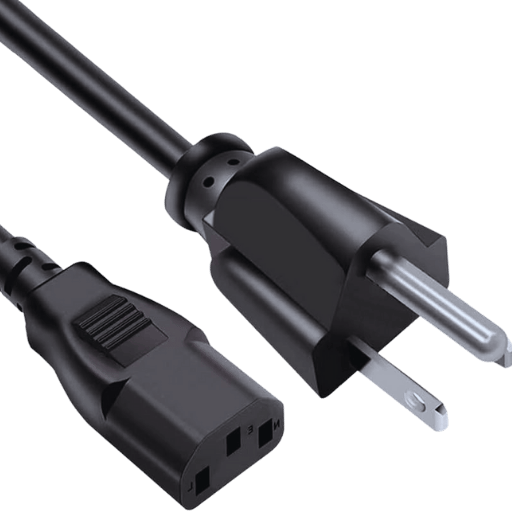
The 125v power cord is made to deliver electricity at a voltage of 125 volts. Such wires are commonly applied in houses as well as light commercial areas for powering appliances that require standard voltage levels. These cords usually have three-prong plugs, providing an earth connection as an added safety measure. The rating of 10a means this cable can carry current up to ten amperes, making it appropriate for things like lamps, TVs, and small kitchen gadgets, among others. Some important specifications to be taken into account include wire gauge, insulation type and temperature rating; all these affect how well the cord works and its safety features as well.
To guarantee maximum performance and safety while using it, a power cord with 10a 125v specifications is very important. Generally, these cords are made of copper wire and usually have an AWG rating of 18 for this classification. Thermoplastic elastomer (TPE) or polyvinyl chloride (PVC) typically makes the insulation which provides durability and resistance against abrasion as well as heat. The temperature range for a typical 10a 125v power cord is usually -20°C to 60°C (-4°F to 140°F), which enables its applicability in different environments. Also, such cords should meet relevant safety standards like being UL certified, among others, that show they were thoroughly tested for electrical safety use. Following these requirements correctly is necessary because failure may lead to hazardous operating conditions or damage equipment while making them operate effectively in safe manner.
Because they are reliable and efficient, 10a 125v power cords can be used in many different ways. For instance, these cords are commonly used to power household items like lamps, TVs or small kitchen appliances such as microwaves and toasters. Moreover, office spaces frequently utilize them so that computers can be connected with printers and other peripherals necessary for the smooth running of business operations; this way, vital devices stay functional. Additionally, people often employ 10a 125v power cords while working on crafts or DIY electronics – where stable electricity supply is crucial for safety reasons. It would be hard to imagine any place, either residentially or commercially, without such a versatile tool!
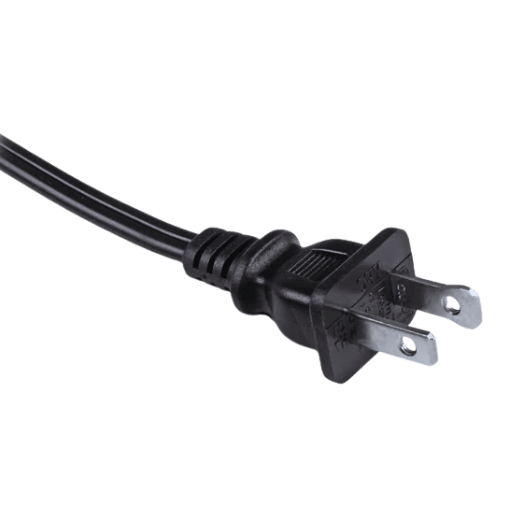
To select a power cord, you must evaluate what each device needs. Start by looking at voltage and current ratings; make sure that the total current drawn from all connected devices does not exceed 10a 125v for this particular wire. Overloading can lead to heating up dangerously or even catching fire, so it’s recommended to sum up ampere ratings of everything plugged into the cable.
Then think about where the power cord will be used. Take into account factors such as exposure to moisture levels and temperature ranges along which this wire may run should influence your decision making process regarding which type of extension cord to use. If there is any chance that it could get wet or be subject to physical damage (e.g., being dragged across rough surfaces), choose an outdoor extension cord with improved insulation material and thicker outer sheath protection.
Also consider its length – longer wires cause voltage drops over distances thus choose one that meets but does not compromise safety nor performance standards based on how far apart sockets are positioned vis-à-vis where appliances need connection points.
Lastly, ensure compliance with relevant certifications plus safety standards applicable in your area. This guarantees products have been through intense tests meant for dealing with potential electrical hazards among other things associated with their use or misuse alike. By understanding what you require out of a power supply unit, it becomes possible to pick such cords that not only work well according to operational requirements presented by various gadgets but also ensure the highest levels of security plus dependability possible.
The two widely used power connection standards are represented by NEMA 5-15P and IEC 60320 C13 connectors. These standards are formulated for different applications. The NEMA 5-15P is otherwise known as the standard two-pole, three-wire grounded plug. It is used in North America for household appliances and consumer electronics with a voltage of 125 volts and a current rating of 15 amps. On the other hand, the international power supplies connecting to computers and servers mainly use the IEC 60320 C13 connector, also referred to as the “kettle plug”. Although it accommodates the same amount of voltage, this type of connector is designed for higher safety and reliability requirements of equipment.
When devices are being interconnected, it is important to have these types matched properly especially during conversion of power sources from one region to another. This should be done through correct adapters or power cords so that voltage as well as current ratings meet device power needs thereby ensuring safety rules adherence while minimizing electrical hazards risk.
When it comes to picking the right size of a power cable, it is important to consider the application and environment in which the device will be used. For instance, a 6ft cord would work best in situations where outlets are relatively close to devices, such as in homes or small offices. This length reduces clutter and minimizes tripping hazards. However, if more distance is required, such as larger rooms or when equipment needs to be placed further away from outlets, then a 10ft cord – or even longer – might be needed.
Another thing that should not be forgotten while choosing power cords is the presence of obstacles and layout design; ensuring that wires can reach sockets without being pulled taut is necessary for them to remain functional as well as safe. In addition, some applications may require longer cables, up to 15 ft or more, especially if there are complex configurations with dispersed equipment across greater distances, e.g., data centers or large home entertainment systems. Ultimately, what determines an appropriate length is convenience, safety, and good electrical load management practices, among other resource utilization considerations.
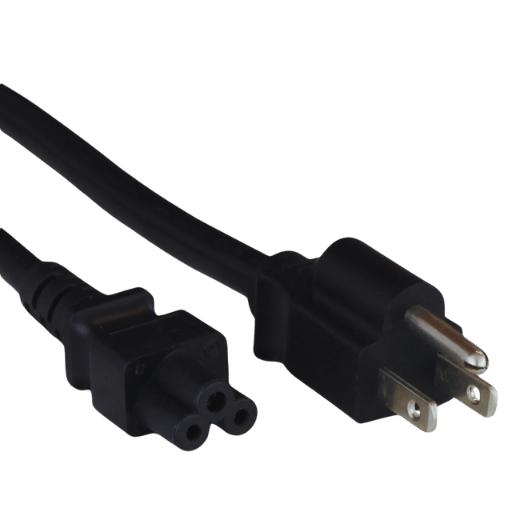
Commonly, objects that will work with a 10 ampere hundred and twenty-five-volt cord are lamps, computers, TVs, blenders, toasters, and other kitchen appliances. Such cords are right for tools that run on the given electric current and voltage values, thereby enabling the safe delivery of energy. To ascertain compatibility with any particular device, it is important to crosscheck the manufacturers’ details against their power ratings; this should be based on what has been indicated by the power labels of these devices.
If you want to connect a 10a 125v power cord to your personal computer (PC) or any other electronic device, you need to evaluate its compatibility with voltage and amperage ratings. Normally, the power supply of most PCs can handle voltages ranging from 100-240v and currents between 5a to 10a, which means it can work with different types of power cords. For example, the voltage input and maximum current draw should be shown on the label attached to an average desktop computer’s power supply unit (PSU), among other details about compatibility.
It is important that we take into account safety precautions and follow regulations; therefore, it is recommended that you double-check all peripherals’ power needs against those stated by a given cable. Check whether there are any notes on devices indicating their consumption in watts or amps because this information will help determine if they can be run with a 10a/125v configuration. In case the total wattage required by your appliances exceeds the rated capacity of this wire type, such a mistake might lead to overheating or even failure, thus underlining the need for a thorough inspection before connecting multiple gadgets into one socket.
While using a 10a 125v power cord for laptops and monitors, it is important to look at the wattage of the devices themselves as well as that of the power cord being used. Internal power supplies in laptops convert voltages from this cord into what they need (usually somewhere between 18-20 volts), but one must check if their adapter can accept voltages within this range. Also, displays come with certain power requirements — typically spanning from 100-240v; therefore, verifying that your chosen cable matches these specs will protect against surges or underpowered conditions.
In addition, having a 10 ampere-rated power cord means it won’t overheat when faced with normal current draws expected by most laptops and monitors. However, you should still check each device’s indicated amperage/wattage ratings located near its plug socket area so you know exactly how many amps it needs at any given time. If together they require more than what can be provided through 125 volts, then consider finding a higher capacity rated extension lead that will be safe and efficient for use. Thus, following these guidelines based on technical specifications ensures maximum performance while keeping everything safe.
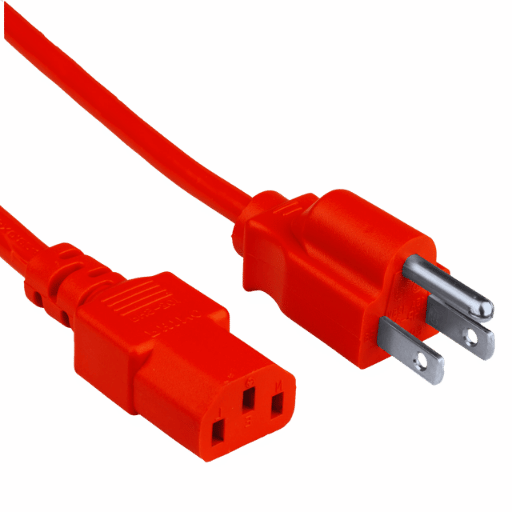
Underwriter Laboratories certification means that a product has been tried out to ensure it is safe and functional under specific conditions. For instance, RoHS (Restriction of Hazardous Substances) certification ensures that electrical and electronic appliances are built with materials that do not pose health risks such as lead or mercury. Both of these certificates are important in verifying the safety and environmental friendliness of power cords with their accessories which makes users have faith in them while also improving their reliability.
When working with AC power cables, there are a number of common problems that may occur which can interfere with the operation of connected devices.
By following these hints for troubleshooting, users will be able to effectively deal with most problems encountered and also ensure safe usage of their AC Power Cords.
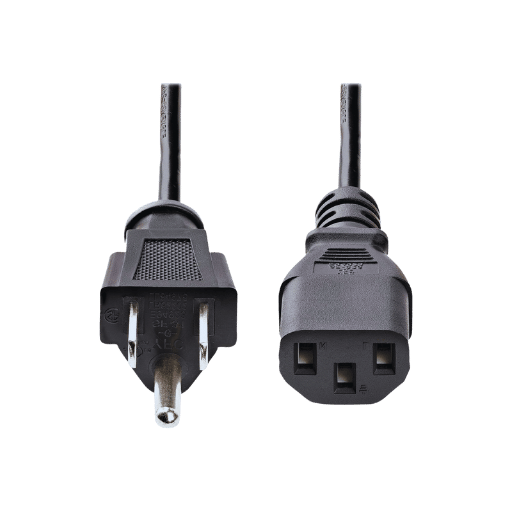
When you are buying a 10a 125v power cord, please look over the warranty and return policies offered by the manufacturer or seller. The majority of major name brands offer limited warranties that protect against defects in materials and workmanship for a certain time period, which can usually range from one to five years. Consumers should understand what is expected of them under this agreement: it may be necessary for customers not only to familiarize themselves with these terms but also any requirements set forth by retailers, such as unused items being returned within original packaging within thirty days from purchase. It would be wise if receipts were kept alongside all other relevant documentation since they are often needed when making claims or returning goods covered by warranties. Review the specific conditions listed either on store websites or product packets so that you know all your rights as a purchaser!
To appraise a 10a 125v power cord, you need to rely on customer reviews and ratings.
This pooled feedback shows us that we should consider what customers are saying on these platforms before making our purchase decisions.
A: A 10a 125v power cable is a certain kind of cord made to accommodate the electric current of 10 amperes and voltage of 125 volts, which can be used to connect electronic devices to the mains.
A: No, you will need a separate power cable for a device that requires more than the rated voltage. You need a wire of up to ten or fifteen amperes and two hundred fifty kilovolts for such devices.
A: AWG (American Wire Gauge) specifies how much wire on each end terminal should be tightly wrapped in different thicknesses. If one were asked about the distinction between an example of eighteen awg while another dealt with sixteen awg, then it would become obvious since this means that one has wider wires from where one can get more strength before they break or disconnect, hence higher conductivity.
A: Typically, such cords are six feet long. Usually, these cords are about half a dozen feet long, but not in all cases, as some of them might extend up to ten feet.
A: Indeed, if your laptop’s charger labeled as ‘Input’ indicates ‘100-240V’ AC/DC adapter at its backside along with ‘Output’ as ’19V’, then it is safe.
A: The terms “NEMA5-15P” and “IEC60320 C13” refer to the plugs and connectors that are used in the power cable. There is a NEMA 5-15P plug which is designed to fit into standard US plug sockets; while an IEC60320 C13 connector is made for various electronic devices such as personal computers.
A: Yes, this cable is compatible with PC power supplies if the PSU has similar ratings as those of wires at your disposal – specifically, ten amps and one hundred twenty five volts.
A: The objective of using this wire type is to minimize space utilization and relieve strain from bending or twisting cables’ ends around corners. It makes sense when one tries to squeeze out every available inch by angling things so they fit better than with straight plugs.
A: Well, it depends on whether this particular cable has been certified by relevant bodies like CE and comes from trusted sellers. Look for reviews about the seller’s credibility or product specifications before making any purchases.
A: Therefore, consider opting for conductors made of good material, having proper certification (such as CE), durable structure as well as manufacturers reputable enough to know what they sell in order to achieve highest quality possible. Additionally, these wires should be reviewed extensively by other users who have already bought them and those with higher rating should be sourced from authorized dealers only.